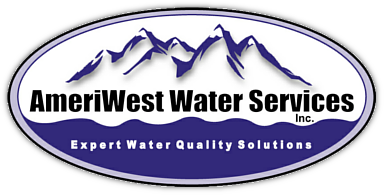A small water system is less able to build and operate a conventional Fe and Mn removal plant. Sequestration therefore has several advantages over conventional treatment plants. Conventional treatment requires experienced operators and generates sludge during treatment. The cost of building a small removal plant capable of serving 200 people could cost $500,000. By contrast, to set up the equipment for sequestration at one well, it would cost less than $1400 per well and $5 per person per year. The cost for effective polyphosphate treatment ranges between $20 and $40 for each 1.0 mg/L of polyphosphate per million gallons treated, depending on the type of phosphate chosen and the suppliers cost. No waste sludge is produced. It is simple and requires very little supervision or labor.
Chlorine with out pH asdjustment is oxidative and not very biocidal.
